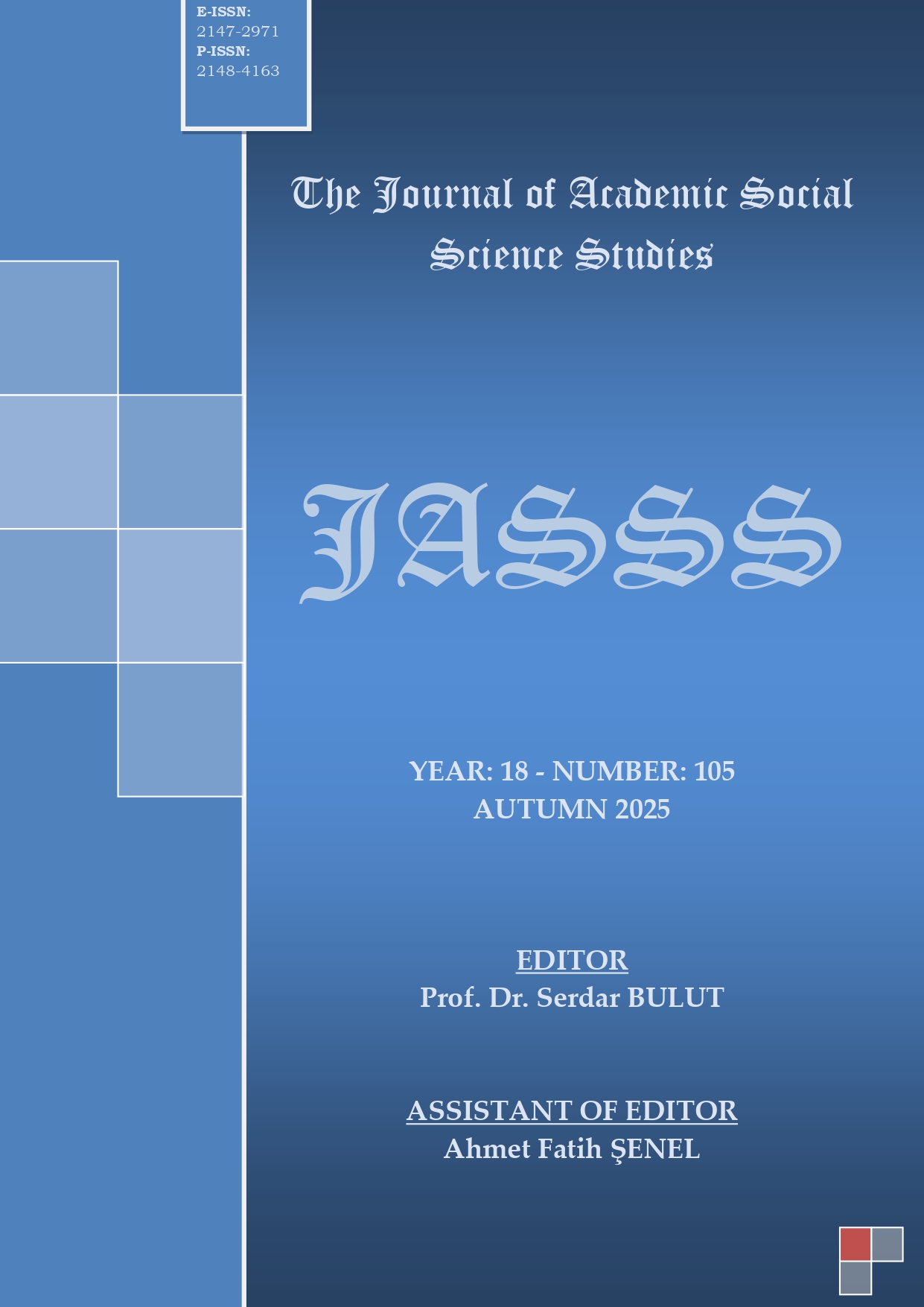Author :
Abstract
Ayasofya, Bizans İmparatorluğu döneminde inşa edilen ve dünya mimarlık tarihinin en özel yapılarından biridir. Fatih Sultan Mehmed’in İstanbul’u fethinden sonraki süreçte de Ayasofya Osmanlı Devleti tarafından da hak ettiği ilgiyi görmüş, Ayasofya’nın ayakta kalması için gereken her şey özenle yapılmıştır. Bununla da yetinilmemiş ve hem üzerine titrenen bir cami, hem de bir çok Osmanlı Sultanının ebedi istirahatgâhı olarak günümüze kadar gelmiştir.
Ayasofya’nın bugünlere gelmesinde en önemli unsur şüphesiz Mimar Sinan olmuştur. Osmanlı Devleti’nin altın çağını yaşadığı süreçte Sultan I.Süleyman tarafından kendisine önemli olanaklar sunulan, 1538 yılında Baş Mimar olan ve bu görevini I. Süleyman, II. Selim ve III. Murad zamanında 49 yıl süre ile yerine getiren, kayıtlara geçmiş 372 esere imza atmış, Türk-İslam Mimarlık Tarihinin tartışmasız en önemli ismi olan Mimar Sinan, kutsal emanet olarak kabul edilen Ayasofya’ya önemli onarımlar ve çevre düzenlemeleri uygulamıştır.
Ayasofya, sadece ayakta kalması gereken kutsal bir emanet olarak görülmemiş, dönemin padişahı Sultan I.Süleyman’ın adını sonsuzluğa ulaştırmak için Mimar Sinan’a sipariş ettiği Süleymaniye Külliyesi’nin planına da ilham kaynağı olmuştur. Külliyenin ana yapısı ve başkent İstanbul’daki en büyük İslam mabedi olarak 1551-1557 yılları arasında inşa edilen ve Mimar Sinan’ın “Kalfalık Eserim” diye tanıttığı Süleymaniye Camii’nin Ayasofya’nın planından yararlandığı bilinmektedir.
Çalışmamızda Ayasofya’nın mimarlık tarihi bakımından önemi, İstanbul’un fethinden sonra Osmanlı Devleti’nin Ayasofya’ya yaklaşımı ve Mimar Sinan’ın Ayasofya ile Süleymaniye Camii arasındaki ilişkisi üzerinde durulacaktır.
Keywords
Abstract
Hagia Sophia is one of the most special buildings in the history of world architecture, built during the Byzantine Empire. In the period after Mehmed the Conqueror's conquest of Istanbul, Hagia Sophia received the attention it deserved from the Ottoman Empire, and everything necessary for Hagia Sophia to survive was carefully done. This was not enough, and it has survived to this day as both a cherished mosque and the eternal resting place of many Ottoman Sultans.
The most important factor in bringing Hagia Sophia to where it is today was undoubtedly Mimar Sinan. During the golden age of the Ottoman Empire, he was given important opportunities by Sultan Suleiman I, and he became the Chief Architect in 1538, and he fulfilled this duty with Suleiman I, Suleiman II. Selim and III. Murad. Mimar Sinan, who worked for 49 years during the reign of created 372 recorded works, and is arguably the most important name in Turkish-Islamic Architectural History, carried out important repairs and landscaping to Hagia Sophia, which is considered a sacred relic.
Hagia Sophia was not only seen as a sacred relic that needed to survive, but also inspired the plan of the Süleymaniye Complex, which the sultan of the period, Sultan Süleyman I, ordered from Mimar Sinan to carry his name to eternity. It is known that the Süleymaniye Mosque, which was built between 1551 and 1557 as the main structure of the social complex and the largest Islamic Temple in the capital Istanbul, and which Mimar Sinan introduced as "My Journeyman Work", benefited from the plan of Hagia Sophia.
In our study, we will focus on the importance of Hagia Sophia in terms of architectural history, the Ottoman Empire's approach to Hagia Sophia after the conquest of Istanbul, and Mimar Sinan's relationship between Hagia Sophia and Suleymaniye Mosque.





